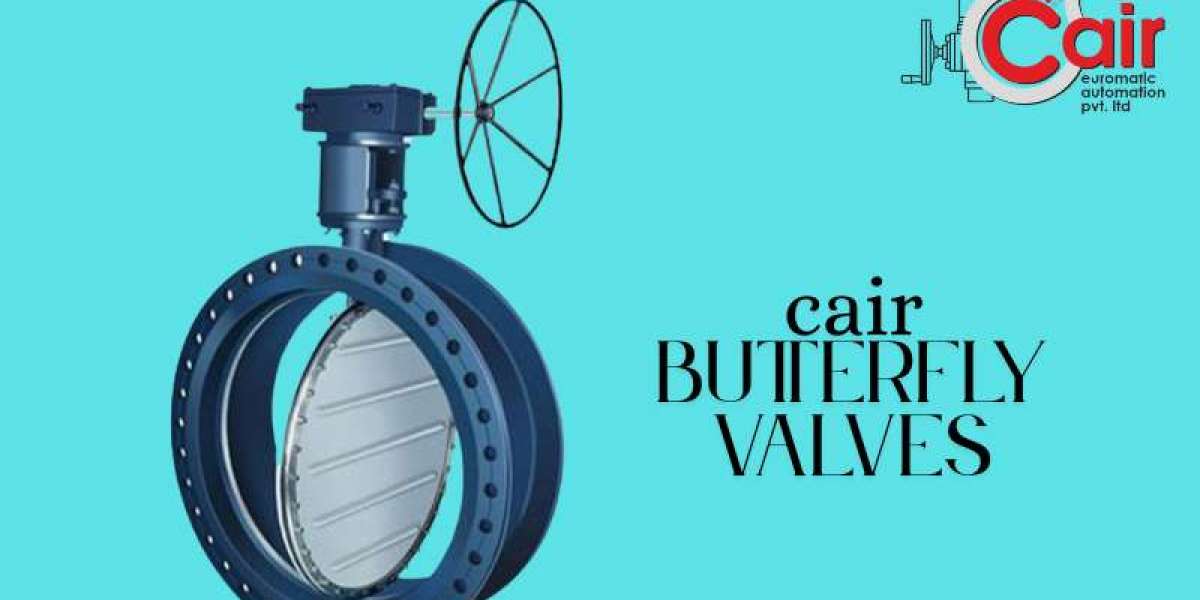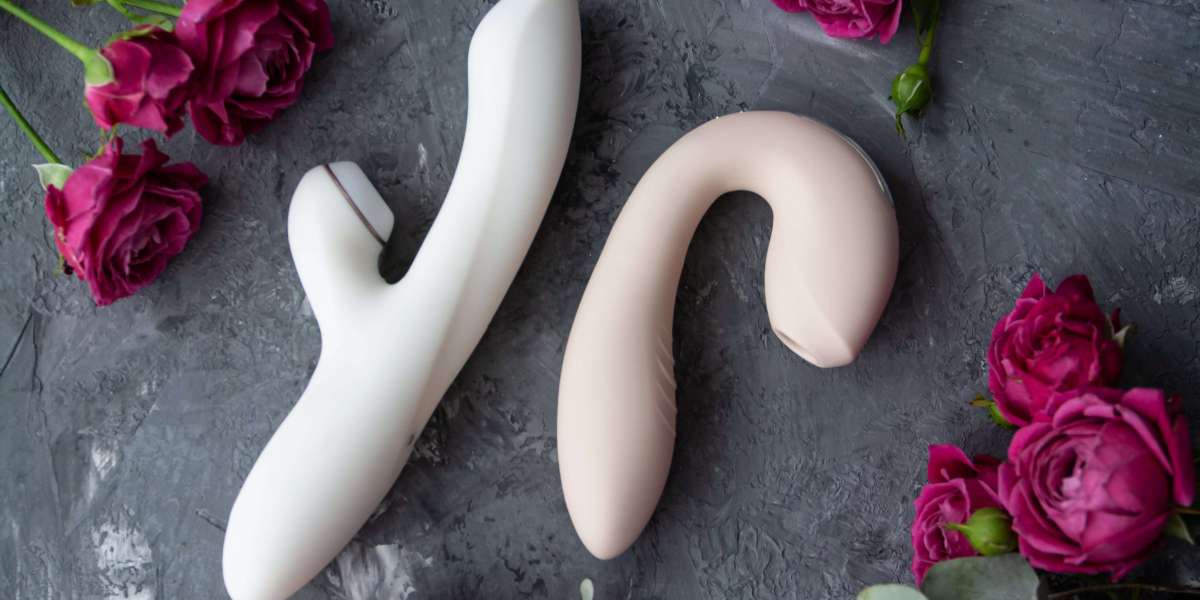In the complex world of fluid control systems, engineers rely on a variety of valve types to ensure efficient, reliable, and safe operations. Among these, butterfly valves have emerged as a popular and cost-effective choice, especially where space, speed, and simplicity matter. Whether you’re working on water treatment, industrial automation, or fire protection systems, understanding how butterfly valves work can help you make informed engineering decisions.
In this complete guide, we break down everything engineers need to know about butterfly valves—from their core components and working mechanism to real-world applications and integration with other valves like slide gate valves, non return valves, and air valves single and double.
What Is a Butterfly Valve?
A butterfly valve is a type of quarter-turn valve that uses a circular disc to regulate flow. When the disc is rotated a quarter turn (90 degrees), it either fully opens or fully closes the valve. Its design is simple, lightweight, and highly efficient—making it ideal for large-volume flow applications.
At resilientgatevalve, we manufacture and supply high-quality butterfly valves that meet the diverse needs of modern industries. These valves are often used alongside our other products like resilient seated sluice valves, metal seated sluice valves, and non return valves in integrated systems.
Key Components of a Butterfly Valve
To understand how a butterfly valve works, let’s look at its primary components:
Body – Typically designed to fit between two pipe flanges.
Disc – The rotating element that allows or restricts flow.
Stem/Shaft – Connects the disc to the actuator or handle.
Seat – Provides a sealing surface between the disc and body.
Actuator – Manual (lever/gear), electric, pneumatic, or hydraulic mechanisms for turning the disc.
Each part plays a role in ensuring the valve operates with precision, low torque, and a long service life.
How Butterfly Valves Work
The operation of a butterfly valve is straightforward. The disc is mounted on a rod connected to an actuator or handle. When the actuator turns the disc 90 degrees, it either blocks or permits flow.
Open Position: The disc aligns parallel with the flow, allowing fluid to pass with minimal resistance.
Closed Position: The disc is perpendicular to the flow, effectively stopping movement.
Partially Open: The valve allows throttling or modulation of flow, a feature not commonly found in other types of valves like slide gate valves.
This simplicity enables fast operation, reduces wear, and minimizes space requirements—especially in large pipeline systems.
Types of Butterfly Valves
Engineers can choose from several types of butterfly valves based on performance needs:
1. Concentric (Zero Offset)
The stem passes through the center of the disc.
Ideal for low-pressure, low-temperature water systems.
2. Double Eccentric (High-Performance)
The stem is offset from the center, reducing seat wear.
Used in higher pressure applications.
3. Triple Eccentric
Designed for critical applications with zero leakage requirements.
Often used in oil & gas and power generation industries.
At resilientgatevalve, we help clients select the appropriate butterfly valve for their system—often pairing it with other components like non return valves or air valves single and double for complete flow control.
Butterfly Valves vs. Slide Gate Valves
A common question among engineers is how butterfly valves compare to slide gate valves. While both regulate flow, their mechanisms and use cases differ:
| Feature | Butterfly Valve | Slide Gate Valve |
|---|---|---|
| Operation | Quarter-turn | Linear (up/down movement) |
| Space Requirement | Compact | Requires more installation space |
| Speed | Fast | Slower operation |
| Throttling Capability | Good | Limited |
| Maintenance | Low | Moderate to High |
In systems where quick shutoff and compact design are critical, butterfly valves often prove more advantageous.
Applications of Butterfly Valves
Butterfly valves are used across a wide range of industries due to their adaptability and efficiency:
Water & Wastewater Treatment: Often paired with resilient seated sluice valves to ensure reliable control in clean and dirty water systems.
Fire Protection Systems: Lightweight design makes them ideal for rapid response systems.
HVAC Systems: Used to regulate chilled and heated water flows efficiently.
Industrial Automation: Work well with air valves single and double to maintain system balance.
Oil & Gas & Chemical Processing: High-performance butterfly valves handle high temperatures and corrosive media.
Integration with Other Valve Types
A complete fluid control system often involves multiple valve types, each playing a specialized role. For example:
Resilient Seated Sluice Valve Manufacturer: These valves are ideal for isolating flow in water distribution and are often used alongside butterfly valves for mainline shut-off.
Metal Seated Sluice Valve: Perfect for abrasive or high-temperature environments where soft seats might fail.
Air Valves Single and Double: Installed to release trapped air, enhancing the efficiency and safety of pipelines.
Non Return Valve: Prevents backflow, protecting equipment from damage. Often installed downstream of butterfly valves in pumping systems.
At resilientgatevalve, we specialize in providing these integrated solutions, ensuring seamless system operation across various industries.
Benefits of Using Butterfly Valves
Here are some key benefits of incorporating butterfly valves into engineering systems:
✅ Compact Design
Requires less space than gate or globe valves—ideal for tight installations.
✅ Quick Operation
Quarter-turn design allows for rapid open/close functionality, essential in emergency situations.
✅ Cost-Effective
Lower material usage and faster installation result in reduced overall project costs.
✅ Low Maintenance
Fewer moving parts mean less wear and tear over time.
✅ Versatile Applications
Suitable for both throttling and isolation across a variety of media types.
Why Choose Resilientgatevalve for Butterfly Valves?
As a trusted Resilient Seated Sluice Valve Manufacturer and expert in advanced flow control solutions, resilientgatevalve brings decades of experience and quality engineering to every product we offer. Our butterfly valves are manufactured to meet international standards and are tested for durability, performance, and leak-proof operation.
Whether you need butterfly valves for municipal waterworks or a full system with metal seated sluice valves and non return valves, we provide comprehensive support and tailored solutions.
Conclusion
Butterfly valves are an essential part of any modern fluid control system. Their efficient operation, compact size, and versatile functionality make them a top choice for engineers across industries. Understanding how these valves work and how they can be integrated with other components like slide gate valves, air valves single and double, and non return valves is key to designing effective and reliable systems.
At resilientgatevalve, we offer a full range of industrial valves designed for long-term performance. Explore our product lineup to find the ideal solution for your engineering needs.


